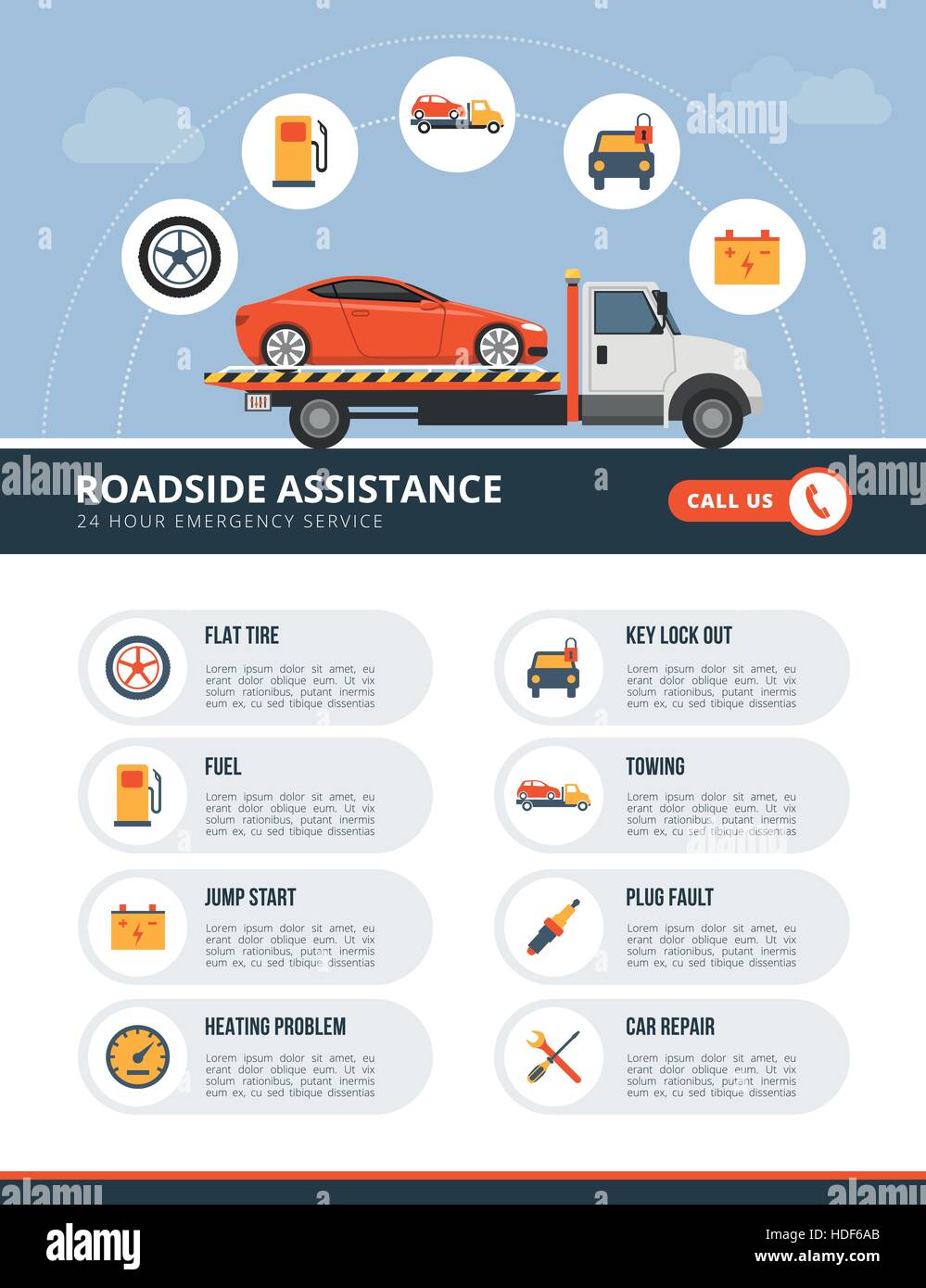Understanding Your Automobile'S Caution Lights: What Do They Actually Mean?
Understanding Your Automobile'S Caution Lights: What Do They Actually Mean?
Blog Article
Written By-Hartley Alvarado
When you lag the wheel, those radiant caution lights on your control panel can be a bit complicated. Do you know what they're trying to tell you about your cars and truck's health and wellness? Comprehending the relevance of these lights is important for your safety and the longevity of your car. So, the following time one of those lights pops up, wouldn't you want to analyze its message accurately and take the required steps to resolve it?
Common Warning Lighting and Interpretations
Recognize typical caution lights in your cars and truck and understand their definitions to make certain safe driving.
The most common warning lights consist of the check engine light, which signals concerns with the engine or exhausts system. If this light begins, it's critical to have your car checked without delay.
The oil stress advising light indicates low oil stress, needing prompt focus to stop engine damages.
A blinking battery light might suggest a malfunctioning billing system, possibly leaving you stranded if not dealt with.
The tire pressure tracking system (TPMS) light signals you to reduced tire pressure, influencing automobile security and gas efficiency. Disregarding this could bring about unsafe driving problems.
The abdominal muscle light suggests a problem with the anti-lock braking system, endangering your capacity to stop promptly in emergency situations.
Lastly, the coolant temperature level cautioning light warns of engine overheating, which can lead to extreme damage otherwise dealt with promptly.
Understanding car polishing service will certainly help you address issues without delay and keep secure driving conditions.
Importance of Prompt Focus
Recognizing the common caution lights in your cars and truck is just the first step; the significance of without delay dealing with these warnings can not be highlighted enough to ensure your safety and security on the road.
When a caution light illuminates on your dashboard, it's your automobile's method of interacting a prospective issue that needs focus. Overlooking these cautions can cause much more serious troubles later on, jeopardizing your safety and security and potentially costing you much more in repairs.
Trigger interest to warning lights can protect against failures and mishaps. For example, a blinking check engine light can indicate a misfire that, if left unattended, might cause damages to the catalytic converter. Addressing this quickly can save you from a costly repair service.
In https://gazette.com/news/colorado-springs-auto-repair-shop-shuts-after-64-years/article_6bbe4498-fb74-11eb-b429-0350d444046f.html , a brake system advising light could signal low brake fluid or used brake pads, vital components for your safety when driving.
Do It Yourself Troubleshooting Tips
If you notice a warning light on your control panel, there are a few DIY troubleshooting tips you can attempt prior to seeking expert aid.
The first step is to consult your cars and truck's handbook to recognize what the specific warning light shows. Often the problem can be as basic as a loosened gas cap triggering the check engine light. Tightening the gas cap might solve the problem.
Another common problem is a low battery, which can trigger various alerting lights. Examining the battery connections for corrosion and guaranteeing they're safe could deal with the trouble.
If a caution light lingers, you can try resetting it by disconnecting the car's battery for a few minutes and after that reconnecting it. Furthermore, inspecting your car's liquid levels, such as oil, coolant, and brake liquid, can aid repair alerting lights associated with these systems.
Final thought
In conclusion, comprehending your vehicle's warning lights is important for maintaining your lorry running efficiently and safely. By immediately resolving these signals and understanding what they mean, you can prevent pricey fixings and prospective malfunctions.
Remember to consult your automobile's guidebook for certain details on each alerting light and do something about it accordingly to guarantee a hassle-free driving experience.
Remain notified, stay secure when traveling!
